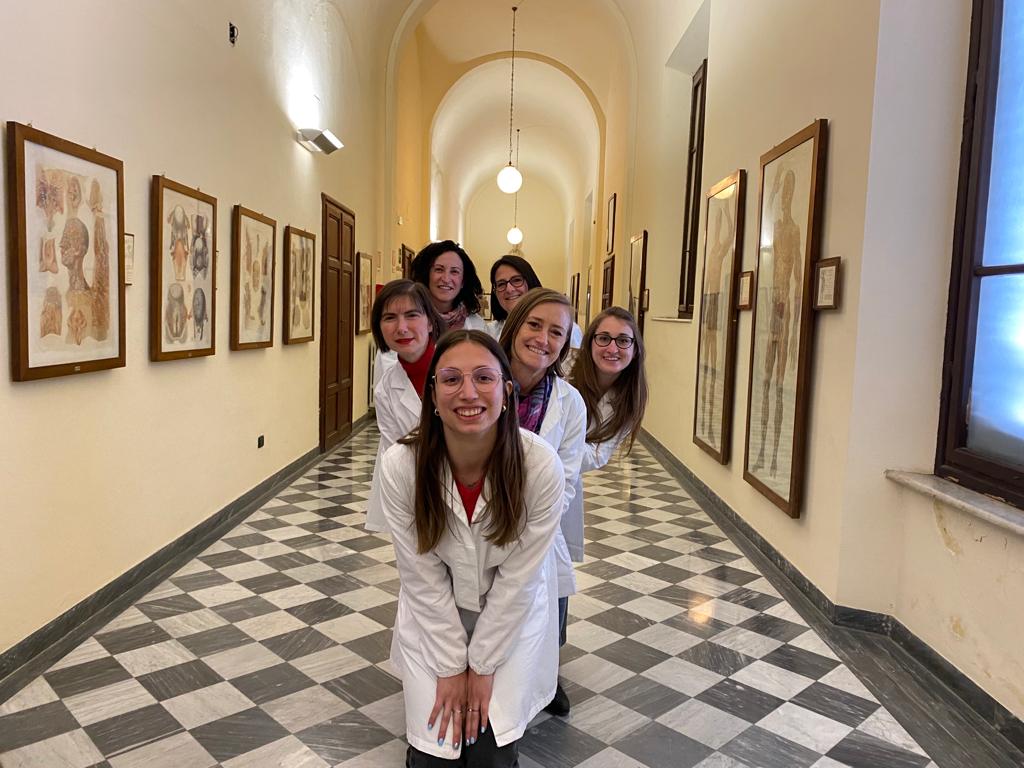The birth of gut research laboratory dates back to the end of the 80s when two undergraduate students in Medicine and Surgery at the University of Pisa started to study the enteric nervous system referred as “the second brain”. They were sui generis students, since, besides learning the diagnostic, therapeutic and prognostic framework of patients of the Santa Chiara Hospital in Pisa, they wanted to better understand the pathophysiological mechanisms underlying digestive diseases.

Therefore, they dedicated the following years to characterize, by means morphological, molecular and functional studies, the mechanisms underlying gut diseases. Thus, they created the GUT RESEARCH GROUP (GRG).

The study of tissue morphology and protein expression is carried out using cutting-edge tools such as the laser scanning confocal microscope, that has led to the Histology Unit to the top level and, together with Pharmacology Unit have created a research team of excellence within the University of Pisa. The GRG includes an integrated and multidisciplinary team that cooperates with several Universities and pharmaceutical companies. Investment from The University of Pisa, MIUR and national and international pharmaceutical companies have allowed to build a high quality, collaborative centre with recognized scientific and clinical expertise evaluating the pathophysiological mechanisms underlying diseases.
The research coordinators of GRG have been hugely successful in obtaining grants from the MIUR, charitable foundations and other industry partners. The GRG aims to targeted research relevant to gut diseases, and in the last years to inflammaging, obesity and brain diseases. Of interest, we are connected to a large patient cohorts through the Azienda Ospedaliera Universitaria Pisana (AUOP) and we provide investors with a network of expertise and state-of-the-art pre-clinical models.
A special thank for our mentor Professor Corrado Blandizzi who left us his passion for research and to whom the ‘Center of Clinical Sperimantation of Drugs’ (our close collaboration) in Pisa was dedicated.

